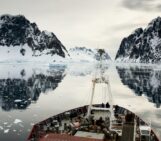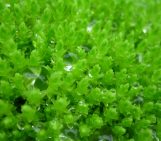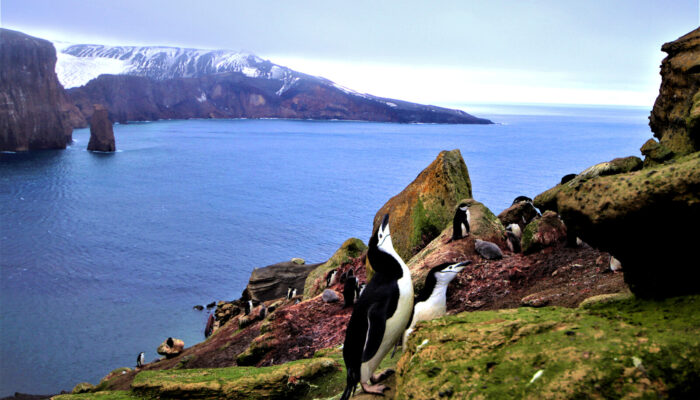
On the desolate Antarctic peninsula, a colony of penguins creates a hub of biodiversity. One may ask, how exactly do those aquatic birds help maintain and enrich the variety of different kinds of organisms from plants and animals, to a wide range of insects and micro-organisms that live on our planet?
The answer is quite intriguing. Scientists from the University of Science and Technology of China found that Adelie penguins enrich the icy continent’s sediment and soil with nutrients that come from…well, their bowel movements. The Adélie penguin, the most important advanced predator in Antarctica, feeds mainly on krill in the ocean, while birthing chicks and colonising the land with breeding spaces. This dietary preference has important impacts on the nitrogen and phosphorous cycle in the fragile Antarctic terrestrial ecosystem.
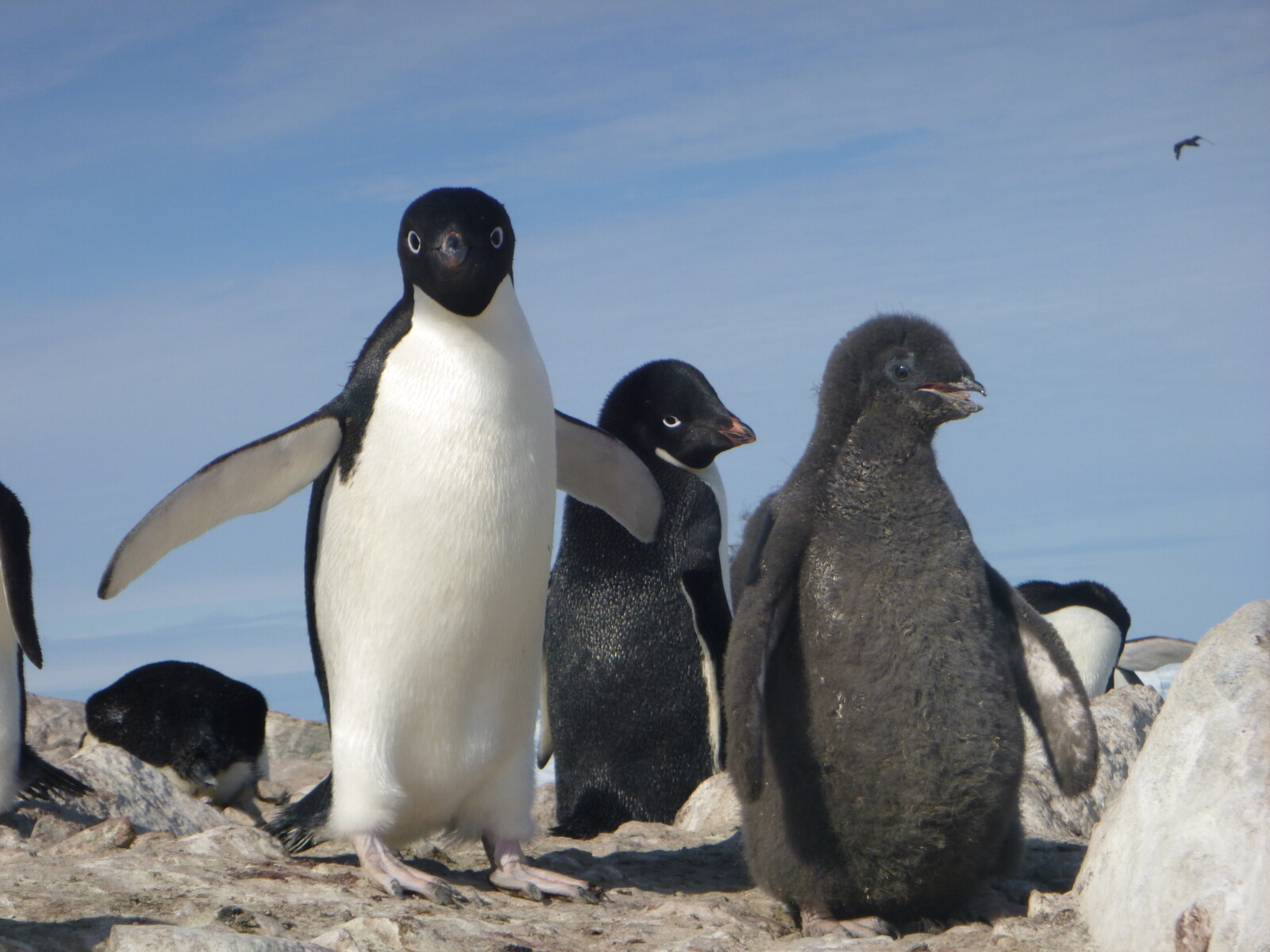
Adélie penguin’s chicks, the most important advanced predator in Antarctica. Credit: Giuseppe Aulicino (distributed via imaggeo.egu.eu)
According to the study presented at the EGU24 General Assembly by Zhangqin Zheng, soils and lacustrine sediments in the Ross Sea were analysed for nitrogen and phosphorous forms, nitrogen isotopes, NH4+ and NO3–, and oxygen isotope NO3–. Results showed that penguin bio-transport inserts a large amount of nitrogen and phosphorous into lacustrine sediments and soils, and the surface structure of mineral particles becomes heavily influenced by penguin activities making it different from that found in the non-penguin-fertilized environment.
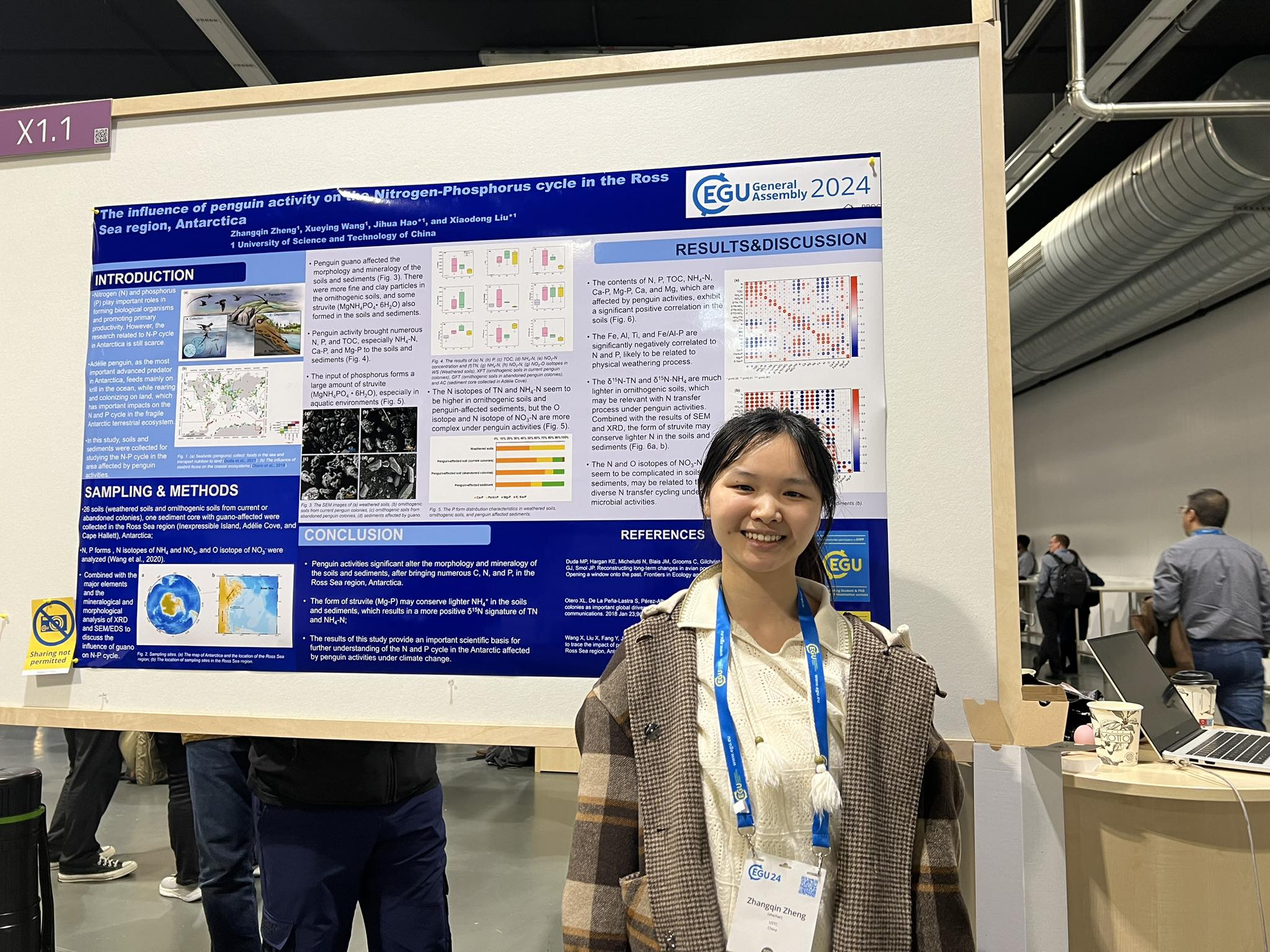
Zhangqin Zheng, PhD candidate from the University of Sience and Technology of China at EGU24 General Assembly. Credit: Anna Katsigera
Phosphorus input from penguin guano forms a large amount of struvite – a crystalline compound made up of magnesium ammonium phosphate – and other relatively stable minerals in aquatic environments. Zheng stated that the TN and NH4+-N isotopes showed that the sediments influenced by penguin activities were more nutrient than uninfluenced soils and sediments, which would be affected by the form of struvite. On the other hand, nitrogen and oxygen isotopes of NO3– were more complicated in the sediments, which may be related to the nitrification and denitrification processes in soils and sediments. In other words, when penguins poop, their excrements enrich Antarctica’s soil with nitrogen which is essential for plant nutrition because it is a major component of chlorophyll.
Nevertheless, Antarctica is not the only place in the world that hosts peculiar, unintentional gardeners. In the icy Norwegian Archipelago of Svalbard, numerous birds breed along the steep cliffs of Svalbard’s coastline. The birds hunt for fish in the surrounding sea and their excrements fertilise the coastal cliffs of Svalbard, creating green patches on the bird cliffs.
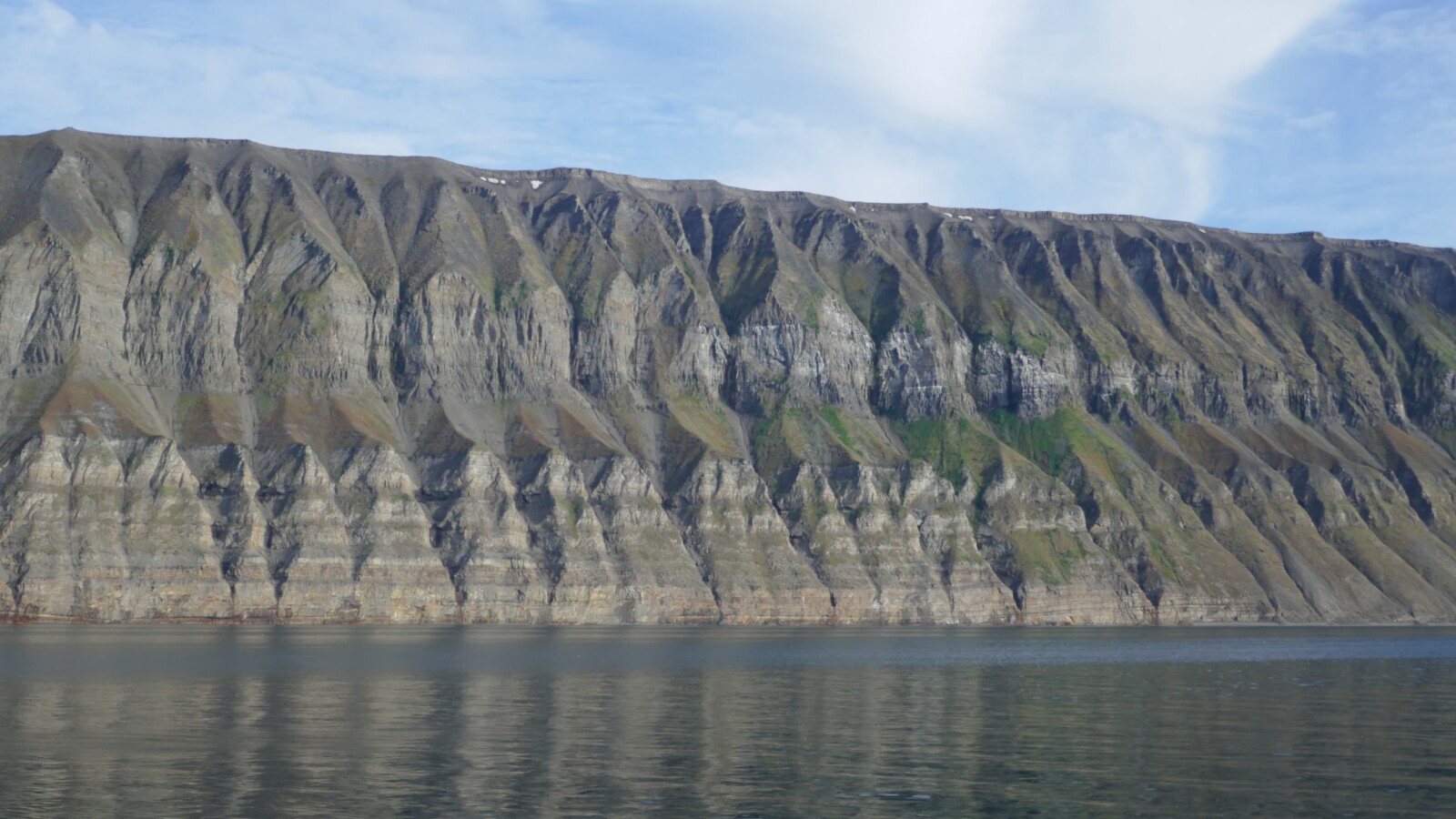
Paleocene sandstone cliffs in Isfjorden, Svalbard.
Newly grown vegetation on top of the cliffs grew due to birds fertilising the seiments. Credit Jonas Sander
From the icy expanses of Antarctica to the rugged cliffs of Svalbard, nature’s ‘gardeners’ play a crucial role in enriching and sustaining biodiversity. Whether it’s penguins fertilising Antarctic soil with their nutrient-rich guano or seabird colonies transforming coastal cliffs into verdant oases, these fascinating processes highlight the intricate web of life on our planet.
References
Zheng, Z., Wang, X., Hao, J., and Liu, X.: The influence of penguin activity on the Nitrogen-Phosphorus cycle in the Ross Sea region, EGU General Assembly 2024, Vienna, Austria, 14–19 Apr 2024, EGU24-19770, https://doi.org/10.5194/egusphere-egu24-19770, 2024.
Odasz, A.M. (1994), Nitrate reductase activity in vegetation below an arctic bird cliff, Svalbard, Norway. Journal of Vegetation Science, 5: 913-920. https://doi.org/10.2307/3236203

